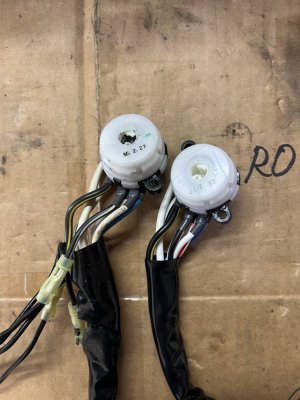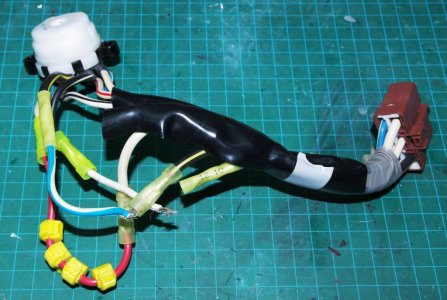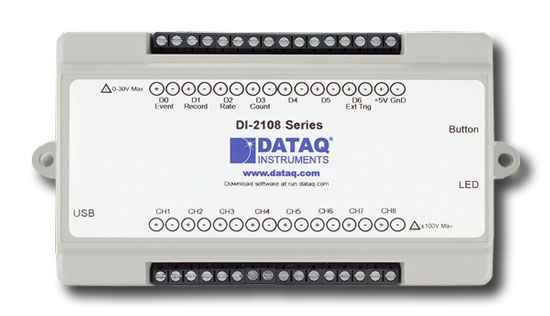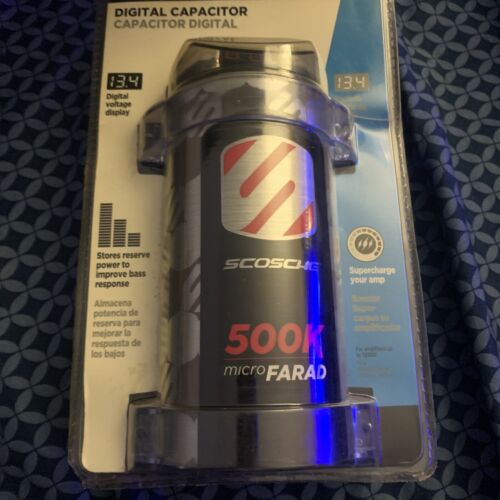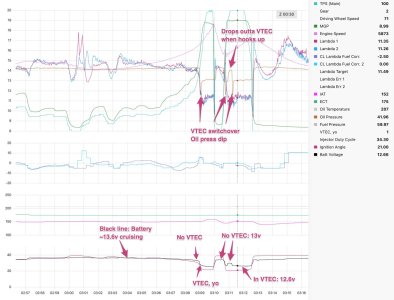I do wonder if there is similar behavior with a stock car.
Thanks for all your help on this!
I expect so. Without involving superconductors it is impossible to eliminate voltage drop. It is all a matter of whether it creates a problem. On a stock engine you have less horsepower; but, smaller injectors. If the OEM arrangement runs with similar PW values I expect that the voltage drops would be similar.
As a final observation, the operating voltage really only affects the opening time of the injectors. Once the injector is open, it is not particularly sensitive to operating voltage unless the voltage rally goes in the sewer. At really large PW values where you seem to be getting the max voltage drop, the PW values are long enough that the variation in opening time caused by the drop in supply voltage will not make a material change to the volume of fuel delivered with each pulse. The problem is more acute at low load when the injectors (particularly really big injectors) are operating with very small PW values. At short PW values the error in opening time becomes a consideration because it can make a material difference to the amount of fuel delivered per pulse. This is primarily an issue of idle quality and for OEMs, making sure the car remains compliant with emission limits. In your particular case, since the voltage drop at low engine loads is smaller, any impacts are probably trivial.






